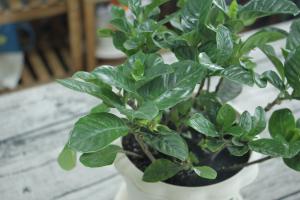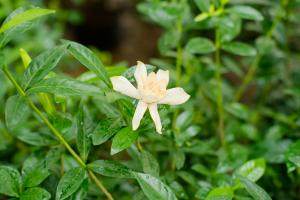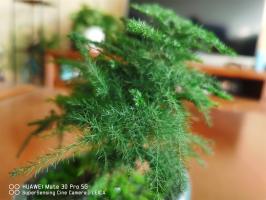What Are the Plant Tree Life in Intermountain Region
The Intermountain region is characterized by a diverse landscape, which includes mountains, canyons, plateaus, and valleys. This region covers a vast area, stretching from the Rocky Mountains in the east to the Sierra Nevada Mountains in the west. Because of the varied topography, the Intermountain region has a unique climate that supports a wide range of flora and fauna. In this article, we will focus on the plant tree life that can be found in this region.
Pinyon Pine
The pinyon pine (Pinus edulis) is a small-to-medium-sized tree that is native to the Intermountain region. This tree can grow up to 20-30 feet tall and typically has a rounded crown. The pinyon pine has needle-like foliage and produces small cones that are edible, providing a food source for birds and other wildlife. This tree is an important source of timber and is often used for firewood and lumber.
Juniper
The juniper (Juniperus spp.) is a common tree that can be found throughout the Intermountain region. This tree can grow up to 20-50 feet tall and typically has a rounded or conical crown. The juniper has needle-like foliage and produces small berries that are used to make gin. This tree is often used for ornamental purposes and can be found in many parks and gardens throughout the region.
Douglas Fir
The Douglas fir (Pseudotsuga menziesii) is a large tree that is native to the Intermountain region. This tree can grow up to 200 feet tall and typically has a conical crown. The Douglas fir has needle-like foliage and produces large cones that are used by wildlife for food and shelter. This tree is an important source of timber and is often used for lumber and paper products.
Aspen
The aspen (Populus tremuloides) is a common tree that can be found throughout the Intermountain region. This tree can grow up to 50-80 feet tall and typically has a slender crown. The aspen has flat, round leaves that flutter in the wind, giving the tree its distinctive sound. This tree is often used for ornamental purposes and can be found in many parks and gardens throughout the region.
Bristlecone Pine
The bristlecone pine (Pinus longaeva) is a small-to-medium-sized tree that is native to the Intermountain region. This tree can grow up to 30-50 feet tall and typically has a twisted, gnarled trunk. The bristlecone pine has needle-like foliage and produces small cones that are often used for woodcraft. This tree is known for its longevity, and some individuals can live up to 5,000 years old.
Conclusion
The Intermountain region is home to a diverse range of plant tree life, including the pinyon pine, juniper, Douglas fir, aspen, and bristlecone pine. These trees are adapted to the region's unique climate and provide important ecosystem services, such as providing shelter and food for wildlife, and stabilizing the soil. Understanding the plant tree life in the Intermountain region is critical for the preservation and management of this diverse landscape.

 how many times do yo...
how many times do yo... how many planted tre...
how many planted tre... how many pine trees ...
how many pine trees ... how many pecan trees...
how many pecan trees... how many plants comp...
how many plants comp... how many plants can ...
how many plants can ... how many plants and ...
how many plants and ... how many pepper plan...
how many pepper plan...































